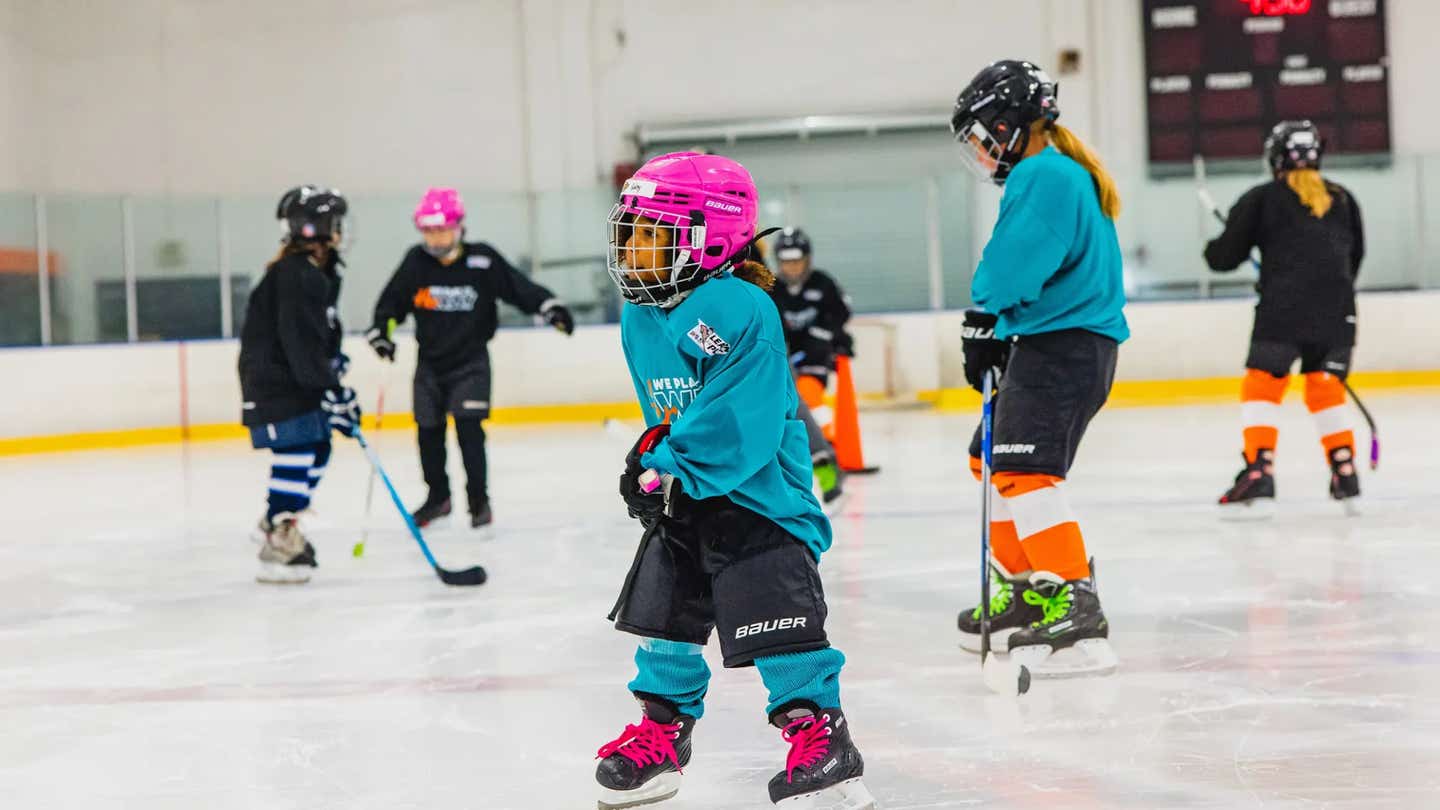Babies can learn words with context clues, study finds
New research shows that 15-month-old babies can learn the meaning of words without seeing what they refer to, using only language clues.

By 15 months, babies can guess what new words mean—even without seeing the object—using context clues from conversation. (CREDIT: FreeImages)
A baby's first year brings incredible change. In just a few months, babies go from cooing and crawling to making sense of language in ways researchers are only starting to understand. One mystery has long intrigued scientists: when do babies start forming ideas about words and their meanings—even when they can’t see what the word refers to?
A recent study offers new answers. Developmental researchers from Northwestern University tested whether babies could form a mental image—or representation—of a new word's meaning, even when the object it referred to wasn’t visible. The results showed a surprising leap in ability between 12 and 15 months of age.
Learning Words Without Seeing Objects
Language allows humans to describe things far beyond what we can see or touch. It lets people talk about the past, plan for the future, or imagine the impossible. This skill starts in infancy, but researchers wanted to know exactly when.
To find out, scientists at two leading universities studied 134 infants—67 were 12 months old, and 67 were 15 months old. The researchers created a three-part task. First, the babies saw images of familiar items like apples or bananas, while hearing their names. Then, the babies heard a new word, like “modi,” but saw no object. This word referred to a hidden object from the same category, such as fruit.
Finally, the babies saw two unfamiliar objects at once—one from the same category (like a dragon fruit) and one from a totally different group (like an ottoman). Researchers wanted to see which item babies thought the new word referred to.
The older group—babies at 15 months—looked longer at the object from the same category they’d been primed with. For example, they looked at the dragon fruit instead of the ottoman after hearing “modi.” This showed they had linked the hidden word with the general category during the earlier step. Even though they had never seen the object before, they used context clues to figure out what it might mean.
But 12-month-olds didn’t do this. Even with extra training that included more time with familiar vocabulary, they didn’t show a preference. This suggests that the ability to mentally represent the meaning of a word—even without a visible object—develops sometime between 12 and 15 months.
Related Stories
Babies Use Language as a Clue
Most people believe babies learn words when someone points at an object and says its name. That’s the classic “word-object mapping” idea: hear the word “apple” while looking at an apple. But this study shows babies are learning much more just from hearing people talk.
"Many people believe that success in word learning requires that the infant ‘map’ a new word to an object that is physically present,” said Sandra Waxman, a developmental psychologist who helped lead the study. “But in the natural course of a day, it is very common for us — and for infants — to hear words when the objects to which they refer are not available to our immediate perception.”
That means babies don’t always need to see the thing being named. In real life, a baby might overhear a conversation about fruits like apples, bananas, and kumquats. The baby has seen apples and bananas, but not kumquats. Still, based on the language and context, they might form a guess—this "kumquat" must be something like a fruit.
Waxman explained it this way: “Babies take in what they hear, and even if no object is present, they form a mental representation, or ‘gist’ of the new word’s meaning, one that is strong enough for them to use later when its referent object does appear.”
Why This Leap Happens Around 15 Months
So what changes between 12 and 15 months? One clue may lie in the babies’ growing vocabulary. At 15 months, most infants start speaking their first few words. More importantly, they seem to better understand the words they hear regularly.
Waxman suggested that younger infants might not know enough familiar words yet to understand a new word through context. A 12-month-old may hear “kumquat” in a sentence with “apple” and “banana,” but unless they already understand those familiar words, they can’t guess what the new one means.
In contrast, by 15 months, babies may know enough familiar words that they can use them as clues. If they hear a new word mixed into a sentence about familiar things, they can guess the new word refers to something similar.
This study shows that by 15 months, infants are already using language in surprisingly adult-like ways. They don’t need to see something to start learning what it is. Just hearing a word in the right context can spark learning.
What This Tells Us About the Infant Brain
The study points to a key ability of the human mind: learning about things that are not immediately visible. Adults take this for granted. People learn through reading, hearing stories, or listening to someone describe a faraway place. Now, researchers know that this ability begins early in life.
“When we hear new words, like ‘kumquat’ in conversation when there are no kumquats around, we don’t waste the opportunity to home in on its meaning,” Waxman said. “We now know this is also true about tiny babies.”
This kind of learning is powerful. It means infants are already listening, storing, and using information—even when it seems like they aren’t paying attention. They build a kind of mental file for each new word. Then, when they finally see the object, they pull up that stored idea and match it to the real thing.
It also shows why everyday talk around babies matters. Babies may not respond right away, but they are absorbing language at a rapid rate. Books, conversations, and even songs all help build the foundation for understanding.
Shaping the Way We Teach Young Children
These findings matter for parents, teachers, and anyone who works with young children. Language exposure early in life shapes how a child will think, talk, and learn later on. Even if a baby can’t say many words, they’re likely building mental links between words and meanings just by listening.
This study gives a strong reason to keep talking to babies—even if it feels like they don’t understand. They’re building a mental map of the world through the words they hear. The more rich and varied the language, the better.
Words offer a way for babies to stretch beyond what they can see. They help babies understand ideas, objects, and events they’ve never directly experienced. This ability, which starts as early as 15 months, shows the deep and surprising power of human language—even in its very first stages.
Research findings are available online in the journal PLOS One.
Note: The article above provided above by The Brighter Side of News.
Like these kind of feel good stories? Get The Brighter Side of News' newsletter.



